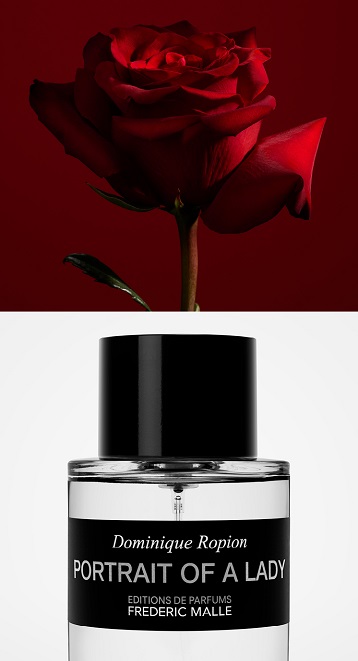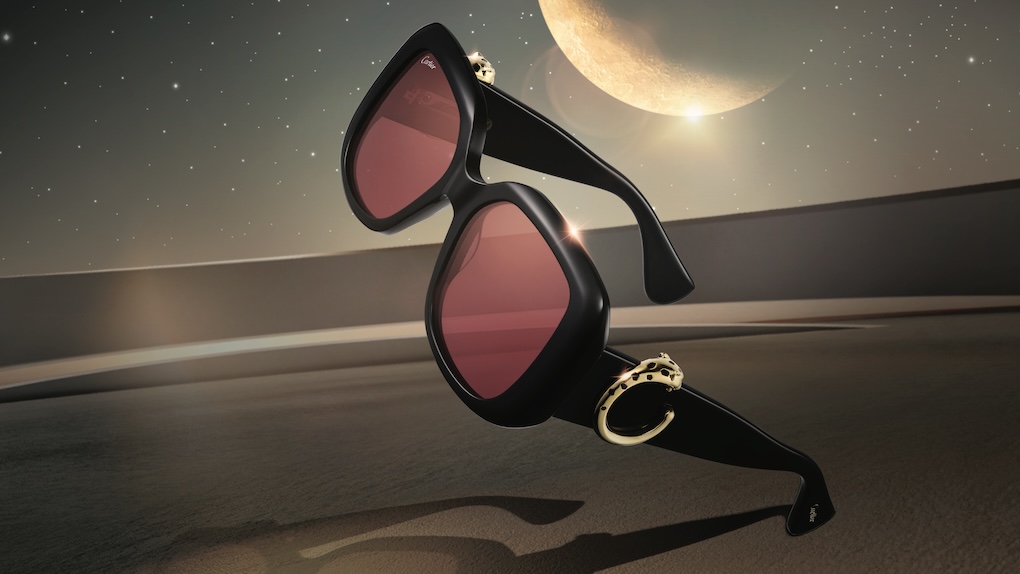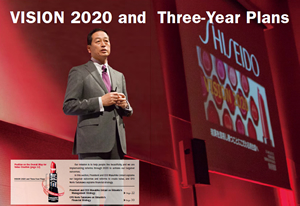 Introduction: Shiseido’s long-time fragrance arm, Paris-based Beauté Prestige International (BPI), is to be phased out as a corporate brand from 1 January 2017 to make way for the group’s new Global Fragrance Centre of Excellence. This move aims to consolidate Shiseido’s position in fragrance, turning it ‘from challenger to leader’.
Introduction: Shiseido’s long-time fragrance arm, Paris-based Beauté Prestige International (BPI), is to be phased out as a corporate brand from 1 January 2017 to make way for the group’s new Global Fragrance Centre of Excellence. This move aims to consolidate Shiseido’s position in fragrance, turning it ‘from challenger to leader’.
The Global Fragrance Centre of Excellence is based in Paris and has a remit to create new and unique fragrances. The Centre joins the group’s Skincare Centre of Excellence in Japan, and the Digital and Make-up Centres, both based in New York, as part of the Group’s Vision 2020.
President and CEO Shiseido Group EMEA Louis Desazars has set out the blueprint to make Shiseido Group one of the top five prestige group players in the region: “As we stand today the Group owns a global market share of 5.8% in fragrance,” he says. “Our target is to get to 9% market share within five years.” The announcement earlier this year of Shiseido’s licence agreement with Dolce & Gabbana to manage the Italian fashion house’s fragrance, make-up and skincare portfolio forms part of this plan. “The ambition is to grow this major business and more than double it to reach €1 billion in the next ten years and enter the global fragrance top ten,” explains Desazars. “This new profile has greatly increased the Group’s attractiveness to customers and to potential new talents in the luxury industry. We have now reached a critical size allowing us to accelerate while reinforcing our expertise.” |
Enter Nathalie Helloin Kamel to head up the Fragrance Centre of Excellence. Trained in business and with a natural talent for fragrance, Ms Helloin Kamel began her career with L’Oréal, moving to Hermès Parfums before joining Beauté Prestige International in 2001. There she was responsible for creating fragrances for Issey Miyake (with whom she continues to work closely), Alaïa, Elie Saab, Narciso Rodriguez and more.
“A Japanese company is by nature more skincare and cosmetic driven but Shiseido CEO Mr Uotani understood that, in the US and Europe especially, if you are not a major actor in the fragrance business then you will never succeed.“ |
Nathalie Helloin Kamel |
The Moodie Davitt Report Associate Editor Clare Austin met up with Nathalie Helloin Kamel (Shiseido Group EMEA Chief Brand Officer and General Manager of the Fragrance Centre of Excellence, to give her full title) in Paris recently to find out more.
What impact has the unification earlier this year of BPI and Shiseido had on the company’s fragrance business?
We were already 100% part of the Shiseido Group from day one so it is more about belonging to the group in a new way. When Shiseido CEO Mr Uotani* joined the company he stated that if we wanted to be a global player we had to be strong in fragrance. This is not usually the case for a Japanese company. A Japanese company is by nature more skincare and cosmetic driven but Mr Uotani understood that, in the US and Europe especially, if you are not a major actor in the fragrance business then you will never succeed. Now it is key for the group and key for the global brand of Shiseido to become strong in fragrance.
[*Look out for Martin Moodie’s fascinating interview with Masahiko Uotani in coming days].
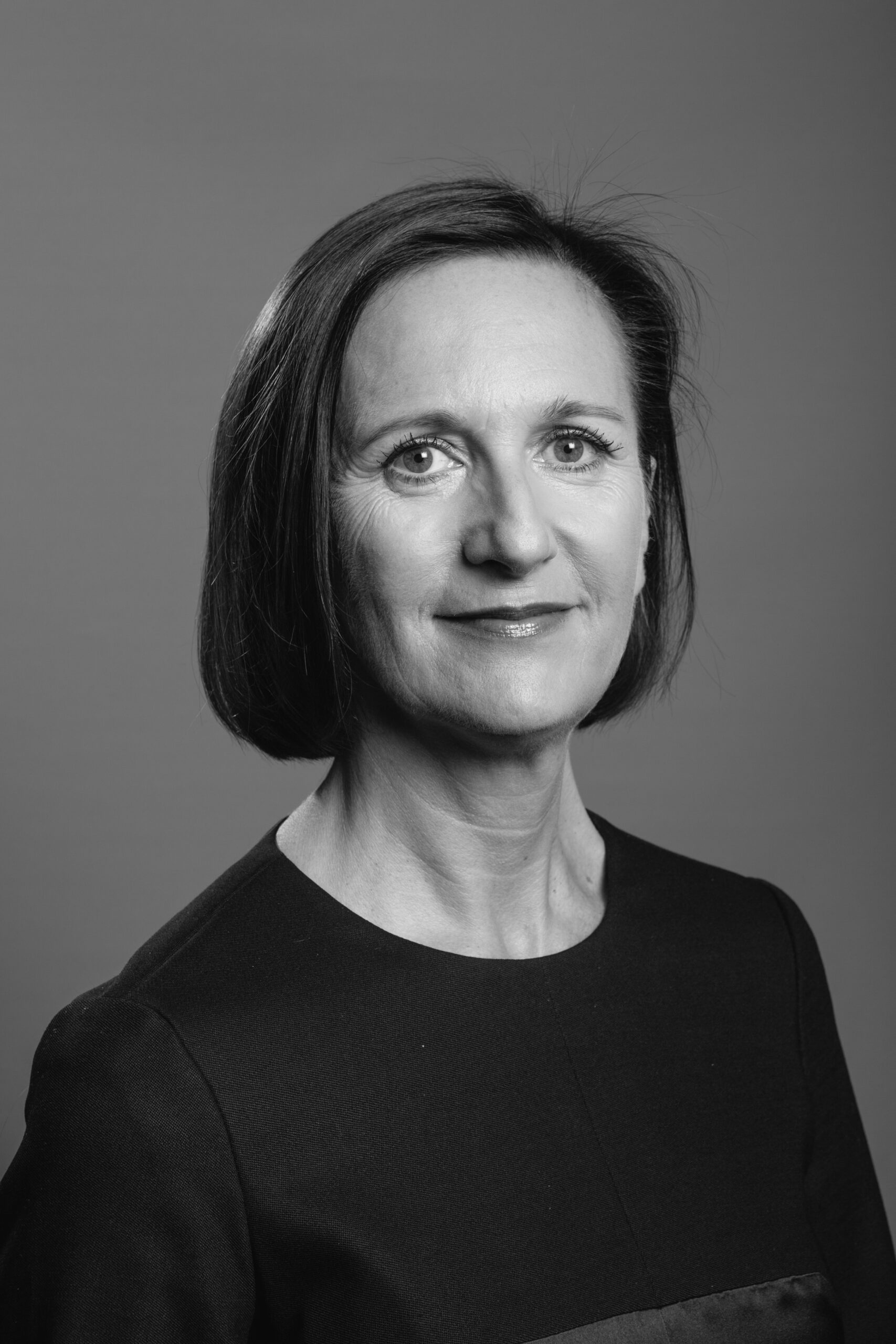
What are your plans for Dolce & Gabbana?
Dolce & Gabbana represents the first time that we are working with a brand that already exists in terms of fragrance.
We saw a very clear four-step strategy from the beginning: One, we need to leverage the existing portfolio. We are lucky with Dolce & Gabbana in that we already have amazing fragrances in the portfolio. Light Blue, in particular, which is an incredible fragrance recognised worldwide and also The One. These two pillars represent more than 50% of the total turnover of the brand and we have to keep on telling their story.
Two, as soon as we have made sure that we have fully revamped these pillars we shall be ready to create new stories and new chapters by adding totally new products.
“We need to keep an eye on creation and uniqueness and we need to do things in a different way in order to keep and captivate the consumer.“ |
Nathalie Helloin Kamel |
The third thing we have to do is to keep on acting like a major player in the fragrance and beauty business by investing a lot in the brand. We know that if your brand is roughly top ten there is no other way of sustaining the growth other than investing in communication. Whether it is online or offline, you have to be present in the mind of the consumer.
Finally, we need to elevate the retail network of the brand. Sometimes we have the feeling that the brand is too present in the market and that can have an adverse effect on its aspirational feel. We have to make sure we protect the ‘dream’ of the brand.
When can we expect to hear the first new initiatives for Dolce & Gabbana under the Shiseido Group?
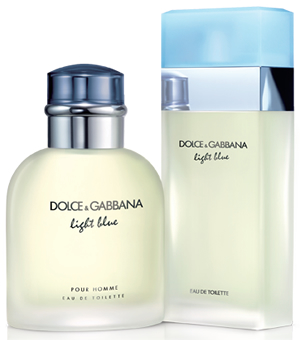
We will shortly reveal the new Dolce & Gabbana Light Blue advertising campaign with a new TV commercial and new prints. In 2017 second semester we will reveal a new Dolce & Gabbana The One advertising campaign as well as new product initiatives.
We will leverage the position of Dolce & Gabbana as a leading brand in travel retail by using our retail expertise to develop not only the fragrance side but also make-up and skincare that we plan to roll-out to selected doors.
One of our key priorities is to increase the brand’s visibility in the stores and to sustain future launches both in stores and in the media. To accompany the brand’s elevation, we will also rely on a dedicated, trained and highly motivated sales force.
Tell us about your role as President of the Centre of Excellence.
As President I am responsible for creating meaningful, relevant fragrances for all the brands in the group. I have a personal motto which is ‘the integrity of the creation is stronger than everything in the world’. We need to respect the brand DNA of all the brands in the group and my role is to help the head of the brand to choose the most relevant fragrance territory.
Sometimes I am only an adviser, giving information, providing data, and advising on the trends in the market. Other times I can accompany them in the creative process.
 |  |
Issey Miyake and Narciso Rodriguez, World Duty Free, Heathrow Airport T5, London | |
I will feel that I have reached my target if one day the global team and I are considered an integrated agency in the Shiseido Group. That is really the reference in terms of fragrance culture.
“If you take a look at the fragrance industry you will see that nothing has really changed for years in terms of creation…but we have to dramatically change the way in which we engage with our consumer.“ |
Nathalie Helloin Kamel |
We have more than 20 years of expertise that we have built up in the region in terms of fragrance so we can help anyone in the company who wants to write a perfume brief for example, or who wants to work with a perfumer or assess the business potential of a fragrance idea or who wants to launch a fragrance.
The scope of work is huge but it’s really flexible and totally at the service of the brand.
What are the advantages of blending Japanese and European business cultures?
Beauty rituals are very powerful in the education of the Japanese people as they are in France and this is a bond between our two countries that we can really leverage when it comes to fragrance.
The first time I worked with Japanese people was when I met Mr Miyake who has an incredible sense of detail. He looks for meaning in everything even if sometimes it’s very complicated for us to understand. He pushes you to think about things that you would never have thought of by yourself and to question yourself in a way that is very creative.
There are many things between the two cultures which I think are very interesting. The blend of our European fashion heritage with the trends emerging in contemporary Japan is a great source of inspiration for us.
There is something we Europeans need to master a little bit more and that is the notion of ‘omotenashi’ which means ‘to entertain guests wholeheartedly’. In other words, a sense of welcoming people, accompanying them, which can inform the consumer experience.
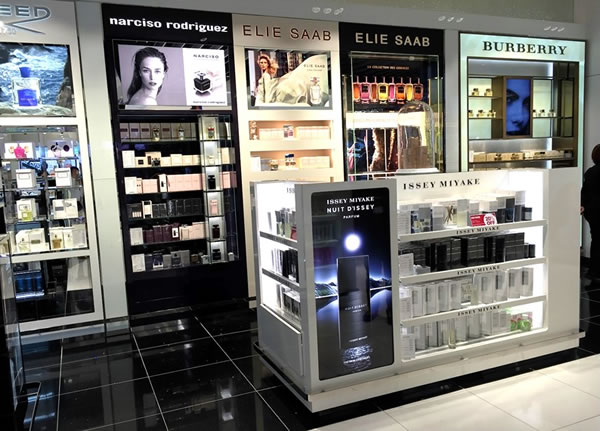
To summarise I think we are probably much more creative in Paris while in Japan there is an amazing sense of service and when you combine the two you reach the ultimate luxury.
Any fragrance trends that jump out at the moment?
There are two main trends. Firstly, we can’t talk about fragrance today without talking about the niche concept. Even if it remains a very small part of the business, it’s something we need to look at. It is important because it sends us the message that we need to keep an eye on creation and uniqueness and we need to do things in a different way in order to keep and captivate the consumer.
Secondly, with the increase of the niche you simultaneously have the power of the blockbuster. Fragrances such as Lancôme La Vie est Belle and Dior J’Adore are huge brands worldwide. With Dolce & Gabbana, Shiseido clearly have a blockbuster. With other brands, such as Serge Lutens, we have niche fragrances and with some brands we are in-between.
I think that it is our duty to find the appropriate balance to offer to the consumer. I am playing with these two elements to offer the accessibility of a blockbuster but with the creative spirit of the niche.
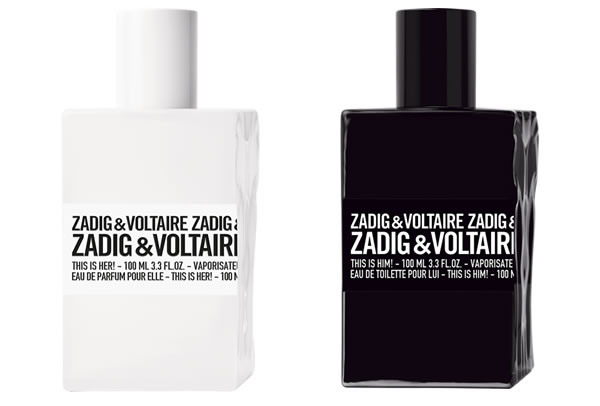
If you take a look at the fragrance industry you will see that nothing has really changed for years in terms of creation. What has changed is the way you engage with the brand. All the touch points you have with your consumer; the way the consumer buys the product. Are they going to the store? Are they going to order online? This is what has changed in the past decade and what will keep on changing in the coming years. We don’t really change what we create but we have to dramatically change the way in which we engage with our consumer.
What has your experience in the fragrance business taught you about how much the consumer is swayed by the marketing and packaging and how much by the fragrance itself?
After so many years of experience in the business, I can affirm the scent itself is the only real key factor of success. When it comes to gaining customer loyalty, marketing or celebrities or packaging can bring a customer to the store and make them buy a product but there is only one reason for the consumer to come back and buy again: they have fallen in love with the fragrance.
Will we continue to wear fragrance as we do now or will it somehow become a more digital experience?
“How are we going to take advantage of the digital transformation of the world? It’s something that as a category we are totally concerned about.“ |
Nathalie Helloin Kamel |
If you have the answer to this question I am really ready to spend time with you! Because we don’t know so far. Definitely people can purchase fragrances digitally but only the fragrances they already know because you want to test before you wear, you want to have the experience before you buy. So, that is what we are working on with the digital team in New York and in Paris.
There will be a time when we’re going to be able to smell through a computer or through an iPhone. I think there are some tests but so far it is very basic.
In make-up at the moment the Millennials play a huge part with their blogs and online tutorials but obviously with fragrance it doesn’t work online in the same way.
This is one of our main challenges at the moment: how are we going to take advantage of the digital transformation of the world?
We see what works for make-up and skincare and hair but when it comes to fragrance it is very difficult. The influencers and bloggers are successful because they can show you what they do, how they live with a particular product but when it comes to fragrance, even if you see someone spraying fragrance on their body you don’t see the result, you don’t feel the emotion.
There is no functional benefit to fragrance. The contract we have with our consumer is about emotions, dreams, a way to affirm your personality. So how are we going to trigger the emotion of the consumer and how are we going to catch their attention digitally so that they feel like they have no choice but to go to the store to smell the fragrance, or to order it? It’s something that as a category we are totally concerned about.
Do you think buying fragrance in an airport is a pleasant experience?
Yes, I think it’s a nice way because we know that if people spend time in the stores in travel retail most of the time it’s because they have plenty of time to enjoy the experience. It gives the brands the chance to express themselves in terms of visibility plus there are beauty consultants who are going to tell you the story of the brand. For us it remains a very important retainer tool. It is a place where we enjoy amazing results because we have the visibility, we have the spaces and the locations appropriate to express our brands. And on top of that we have people who are able to talk to the consumer.
Travel retail helps us to open up to a wider target market when it comes to brands like Elie Saab, Alaïa, even Narciso Rodriguez. Travellers tend to be cosmopolitan, educated people, savvy consumers with strong personalities, who have the ability to choose a fragrance that not everyone is wearing. We know that business travellers especially are the kind of consumers who are looking for a fragrance that signals to others that they have understood fragrances that others have not yet discovered.
I feel there is room in travel retail to improve the customer experience because I think that if we don’t we can’t expect them to be loyal. Offering a price proposition is not going to be enough to be that interesting. We need to make sure that the traveller has an experience that makes them think “Ok, I will be back next time”.
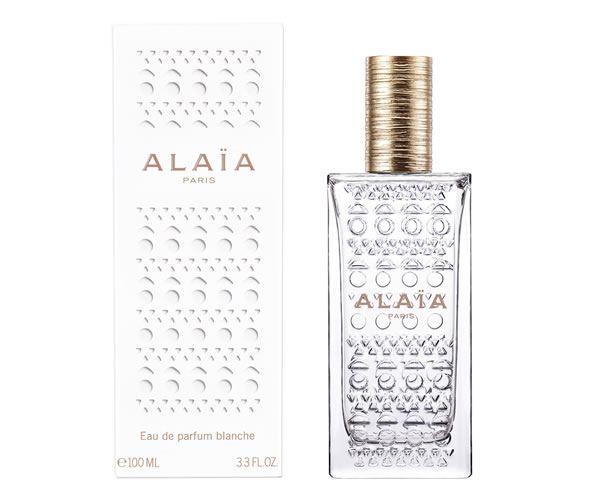
Do you see fragrance as a global product or are there still local markets?
If you consider the scent alone I would say no. I used to say to my teams, if it smells good in New York, it will smell good in Paris and Tokyo too. When the fragrance is beautiful, it is beautiful everywhere. If you look at fragrance rankings, the top ten is roughly the same in each country. You may add in a local brand, for example, you have Loewe in Spain, you have Jil Sander or Joop! in Germany, Guerlain in Paris but roughly 80% of the top ten are common to all countries so it’s not that that makes the difference.
So what does?
There are two differences: the first is the relationship that people have with fragrance. For example, in the French market, people are looking for their own signature. They use fragrance every day because it is part of their daily life, their personality, they want to affirm who they are with their fragrance. They pay more attention to smaller and more edgy brands.
“I would make a rule: No fragrance for flight attendants!“ |
Nathalie Helloin Kamel |
When it comes to the US, 50% of fragrance users use fragrance less than three times a week and they use it for social status. They are going to wear a fragrance when they are going to a business interview or a date or when something big happens in their life and they want to really change things and reaffirm themselves. People in this category are looking for big blockbuster brands and take no risk with unknown brands.
The second point is the relationship people have with the brand itself. One past example would be when we tested the scent of Jean Paul Gaultier Classique in the US: it was amazing, people loved it but as soon as they saw the bottle nobody in America wanted to have this in their bathroom because it is so overtly about the body. What the brand says to you, what kind of femininity or masculinity it is offering you makes a big difference and has a very big influence with the relationship you can have with the brand.
What is your all-time favourite fragrance?
The first fragrance I wore when I was younger was Shalimar by Guerlain because I am very, very French! When you do my job you lose a little of the pleasure of fragrance because we cannot wear fragrance on a daily basis as we need to test everything.
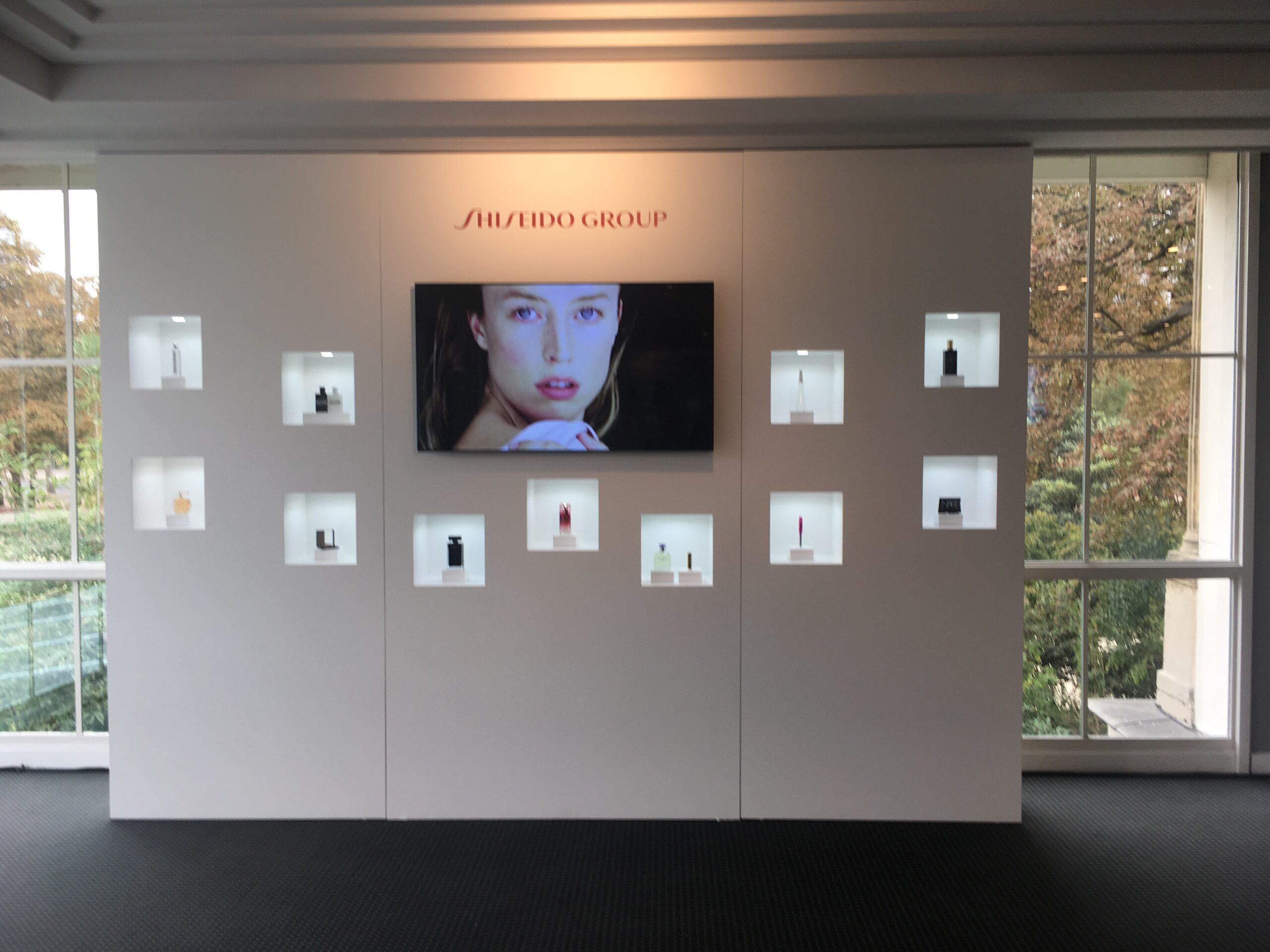
Do you like to wear fragrance when you fly to counteract the stale air in the aeroplane?
I take advantage of my stop in travel retail to try things from the competition. I have eight hours in front of me so I can really evaluate the fragrances! I look forward to it so I don’t wear any fragrance myself but use the time to try as many things as possible. I take four or five blotters and I also spray some testers on my arms.
What I hate in the plane is when the flight attendants wear really strong fragrances. Sometimes I sleep on the flight but when you have someone wearing something really strong as they walk up and down the aisle it can wake me up as they pass. So I would make a rule: no fragrance for flight attendants!
Except of course sometimes they are very good sales advisers for us and great at selling our products…



